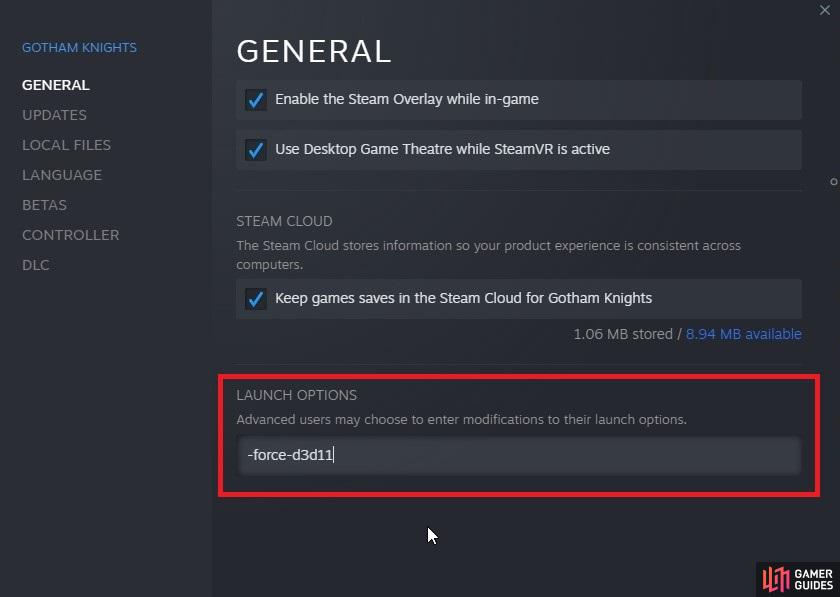

(New-Object ComponentModel.Win32Exception($res)).Message) $res = ::SHEmptyRecycleBin(::Zero, $null, $dwFlags) Īdd-Type shell32 static extern int SHEmptyRecycleBin(IntPtr hwnd, string pszRootPath, Run it with a /y switch to skip the confirmation. So, go ahead and try that keyboard shortcut out. Pressing the Ctrl + Alt + E hotkey will now empty your Recycle Bin. Select Apply to save your new Ctrl + Alt + E keyboard shortcut. Click in the Shortcut key box, and press the E key. Or, type CMD in the search and simultaneously press Ctrl + Shift + Enter keys. To do this, type CMD in the Start menu/taskbar search box, right click on the Common Prompt entry and then click Run as administrator. bat extension and run it to empty your Recycle Bin. Right-click the Empty Recycle Bin shortcut and select its Properties context menu option. Delete Recycle Bin data from all user accounts Step 1: Launch elevated Prompt. I thought, hey, I can do that in PowerShell and wrap it in a batch script hybrid. IMPORTANT NOTE: The items arent deleted until you. Having failed in my attempts to RecycleBinObject.InvokeVerb("Empty Recycle &Bin") (which apparently only works in XP or older), I stumbled upon discussions of using a function embedded in shell32.dll called SHEmptyRecycleBin() from a compiled language. Drag or right-click to trash files, folders and other items or select the item, then press Command-Delete. Options: -f, -force Ignore nonexistent files, never prompt -empty Empty the trash -list List files in the trash with their original locations -restore Restore a file from trash to its original location (possibly recreating the directory) Note: for -restore switch, if the original location of. I was looking for a script that would empty the Recycle Bin with an API call, rather than crudely deleting all files and folders from the filesystem. Move/Restore files or directories to the trash.

I know I'm a little late to the party, but I thought I might contribute my subjectively more graceful solution. Additionally, you will (obviously) have to run the command from an elevated command prompt in order to have sufficient privileges to perform this action. So, to remove the directory, use the rd command ( remove directory) with the /s parameter, which indicates that all of the files and directories within the specified directory should be removed as well: rd /s %systemdrive%\$Recycle.binĭo note that this action will permanently delete all files and folders currently in the Recycle Bin from all user accounts.
#Command line force empty trash windows#
When this directory is deleted, Windows automatically creates a new directory. The reason that this tactic works is because each drive has a hidden, protected folder with the name $Recycle.bin, which is where the Recycle Bin actually stores the deleted files and folders. Instead, use the %systemdrive% environment variable.) (In most cases, this will be the C: drive, but you shouldn't hardcode that value because it won't always be true. Previous threads on this subject are too old. I am running Catalina 10.15.3 on my iMac. I have tried the sudo command in Terminal, was prompted for password, but cannot enter it. For example, if we give input as tet.txt, then this will match only as teat.txt and tabt.txt with the file names present in the given directory.You can effectively "empty" the Recycle Bin from the command line by permanently deleting the Recycle Bin directory on the drive that contains the system files. Trash can will not empty My trash can (containing a mere 4 items) will not empty.

Type sudo rm -R with a space in Terminal. Use Spotlight to search Terminal, or go to Utilities > Terminal, open and enter it. Wildcards are special characters that recognize a specific naming pattern and work for both files and directories. When you cant empty Trash in the normal way, you can enter Terminal to use the command line to force empty Trash. The file (s) to be deleted are passed to it as parameters. Unlike, the standard 'DEL' command which only deletes the file, Delete XP deletes the files and sends them to the recycle bin. In Linux, we can use wildcards to match and delete a file. There is ' DeleteXP.exe ' is for deleting files from Command Prompt in Windows (Windows 9x and Windows NT 4.0/2000/XP). Even after using the -f flag, if you see an error stating “Permission Denied” use root privilege with the sudo command as shown below:


 0 kommentar(er)
0 kommentar(er)
